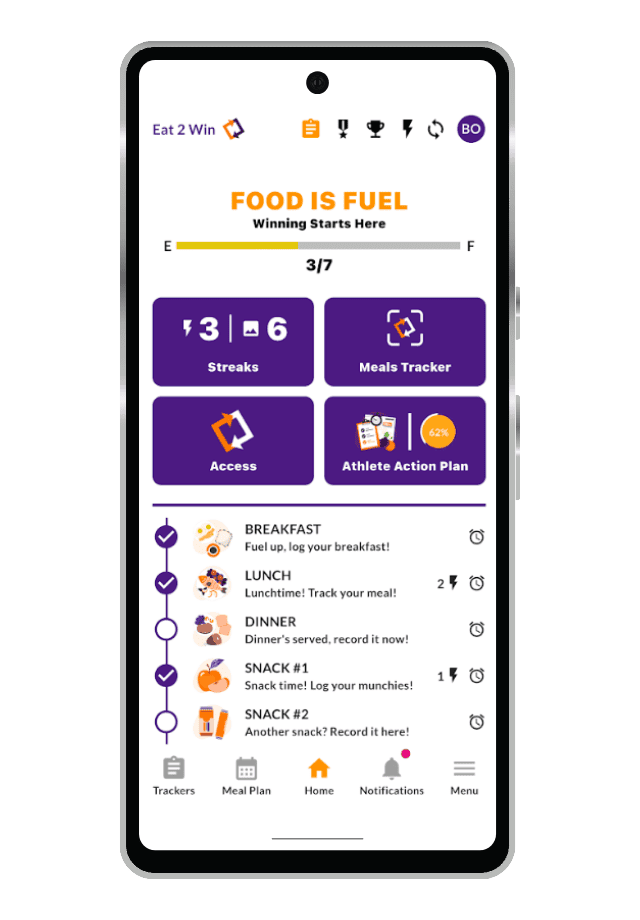
Listen to the DEEP DIVE
- Budget-Friendly Nutrition for Athletes.wav00:00
#1 Be a Smart Shopper
Create a Grocery List
As an athlete, your shopping list should be filled with…
- Variety of colored Fruits & Vegetables for different beneficial nutrients
- Buying fresh produce in season will save you money. Here is a link to see what produce is in season now: USDA Seasonal Produce Guide
- Only purchase the amount of fresh produce you need for the week, since it is perishable and could go to waste
- Canned and frozen are great options, too, and will last much longer. Look for “no-salt-added” canned vegetables and unsweetened canned fruits
- Grains
- Try to choose “Whole Grain” options for the majority of purchases
- To ensure the product you are buying is a whole grain, look for the word “Whole” at the beginning of the ingredient list
- Proteins
- Prioritize lean options of meat, such as chicken or turkey breast and cuts of beef that are lower in fat
- Include fatty fish, like mackerel, salmon and tuna, for additional benefits from omega 3s. Check out this podcast on Omega 3 and Athletic Performance
- Incorporate plant-based protein options like nuts, seeds, beans and lentils
- Low-fat or fat-free dairy products
- Flavored yogurts can be high in added sugars so be sure to compare the sugar content of different brands
- If choosing plant-based (almond milk or dairy-free yogurt for example), look for options that are calcium-fortified
Use this list when shopping – it will keep you focused and prevent you from going over your budget on unnecessary items. Another trick to keep you from spending money on unnecessary items, and keep performance-hindering foods out of your cart, is to eat before going to the store. This may sound odd, but you’re much more likely to pick up unnecessary snacks and treats when you’re hungry. Lastly, look for sales and coupons for your local grocery store, or get a club card that can help you save money in the long run.
- Helpful Coupon Sites:
- Coupons: http://www.coupons.com/
- Smart Source: http://www.SmartSource.com
- Valpak: http://www.valpak.com
Map Your Route
- Start by shopping the perimeter. This is where the fresh produce, dairy products, and deli counter are usually found.
- Next, enter the central aisles, but choose wisely - some contain healthful foods, while others do not. Stick to the aisles with frozen and canned fruits and vegetables, beans, and whole wheat breads and pastas.
- Bonus Tip: These products tend be more budget-friendly, and have longer shelf lives, than the items found around the perimeter!
Pay Attention to Unit Price
To find the best price in the grocery store, you need to compare the unit prices of items, not the selling prices. The unit price is located under the item on the shelf – look closely, because sometimes the label is small. This price tells you how much you pay per ounce, pound, or gallon, and it should be used to compare various sizes and brands of a product. Stay within your budget by purchasing the item with the lowest unit price!
#2 Prepare Your Own Foods
Make Extra
As an athlete, time is precious and very limited – so use it wisely!
- Designate one or two “off” days to cook in bulk. No meal has to be fancy or complicated, and eating the leftovers will save you time and money.
- For example, grill up chicken breasts, hard-boil eggs, or make a few whole grain options, like pasta or quinoa, to store in the refrigerator for easy (and healthy) meals during the busy week ahead.
- Check out http://www.eatingwell.com for healthy and quick recipes!
- Pack It Up
- Trail mix
- Nuts and seeds
- Nut butter and jelly sandwiches
- Turkey, venison, or beef jerky
- Tuna packets
- Low added-sugar granola bars
- Sports drinks
- Foods from concession stands, fast food establishments, and vending machines typically lack many important nutrients that athletes need and are expensive.
- Portion out your prepared foods into containers the night before, so they are ready to go when you are!
- Include portable snacks, such as..
- A cooler is also a great investment, and it allows you to pack a wider variety of foods, including: Pre-cut fruits and vegetables, low-fat or fat-free dairy products (chocolate milk, Greek yogurt, and cheese), hard-boiled eggs, or hummus. A little preparation goes a long way!
- Bonus Tip: frozen water bottles serve as both an ice pack to keep food cool and additional fluids to drink when they unfreeze to stay hydrated!
#3 Save Money and Calories When Eating Out
Although eating out is easy and saves time, frequent trips to restaurants and fast food establishments can lead to unhealthy choices and unnecessary spending. Most options while dining out are loaded with added sugars and salt – and the portion sizes are out of this world. To save money, and calories, follow these tips:
- If you’re a frequent customer at certain restaurants, start looking for coupons or deals that they offer. Also, check out their websites for special offers and sign up for rewards programs from restaurants you go to frequently for additional discount earnings and free food items
- Look for “Combo” deals that many restaurants offer, where you can pair smaller portions of options at a reduced price
- If you are going to a restaurant for dinner, check out the lunch options. These are typically cheaper than the dinner meals on the menu
- Drink water instead of soda
- Share a meal with someone else (or only eat half of your meal, and save the rest for later)
- Skip unnecessary appetizers and desserts
- Make going out to eat a special occasion, not an everyday affair
Try implementing some of these tips into your everyday life, and you’ll be saving money (while fueling properly) in no time. A little planning goes a long way for your budget and performance. Check out My Sports Dietitian’s eBook, Grocery Shopping on a Budget for Athletes by Sports Dietitian Christine Turpin, RD, LDN, CSCS at www.myathleteseatingonabudget.com for more helpful resources!
References
- Ellis E. Creating a Grocery List. Eatright Website. https://www.eatright.org/food/planning-and-prep/smart-shopping/creating-a-grocery-list. Published March 26, 2020. Accessed June 22, 2020.
Eat 2 Win Nutrition App
Fuel the Champion Within
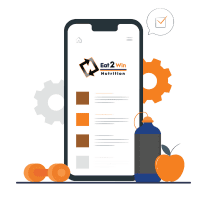
Trackers
Stay on target with cutting-edge trackers that monitor every step of your journey, ensuring you never miss a beat.
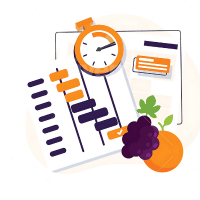
Meal Plan Guides
Simplify your nutrition with easy-to-follow, personalized meal plans that fuel your performance.
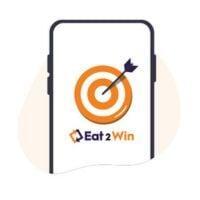
Gamification
Stay motivated and engaged by earning rewards and climbing leaderboards as you hit your fitness and nutrition goals.

Access a Sports Dietitian
Get expert guidance and personalized support from a certified Sports Dietitian whenever you need it.
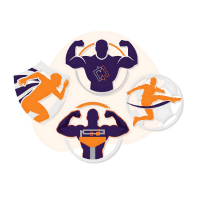
Personalized Programs
Unlock your full potential with personalized programs meticulously crafted to match your unique lifestyle and fitness aspirations.

